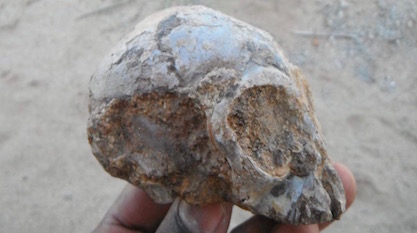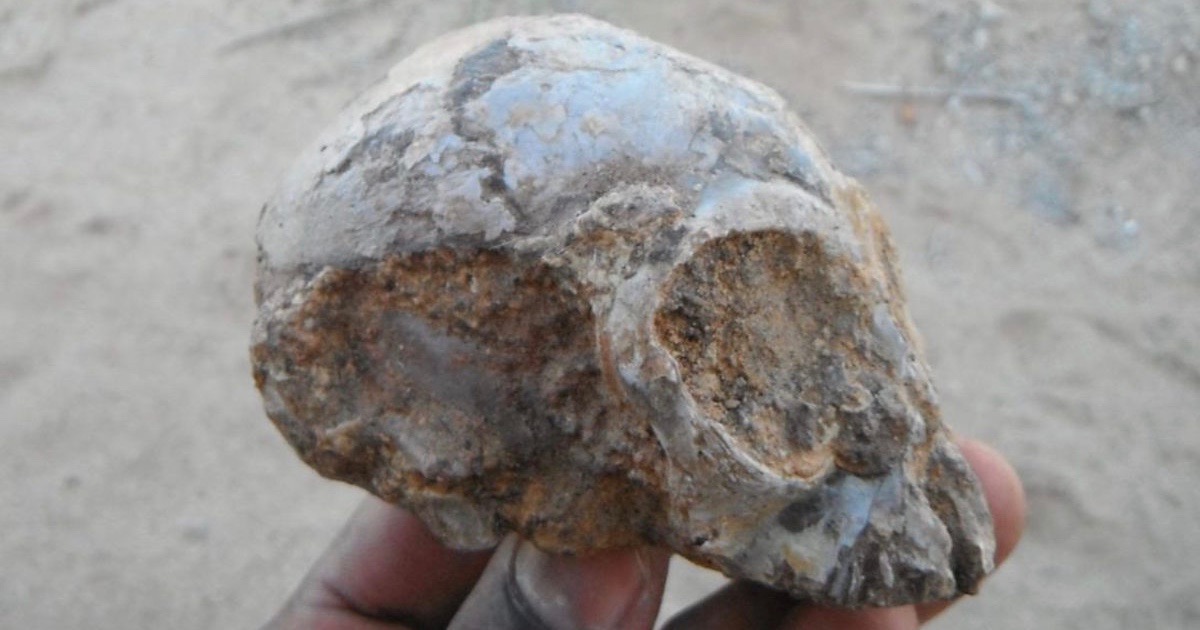 Human Origins
Human Origins
13-Million-Year Old Skull from Kenya – A Human Ancestor? Not Likely


Writing in Nature, a group of scientists announced the discovery of a Miocene skull, an infant ape, thought to be 13 million years old. The key claim, via Science Daily:
The discovery in Kenya of a remarkably complete fossil ape skull reveals what the common ancestor of all living apes and humans may have looked like. [Emphasis added.]
The science media have dutifully repeated the claim, almost verbatim. From the Washington Post:
To the untrained eye, the area west of Lake Turkana in northern Kenya appears to be barren of anything but rocky hills and volcanic ash.
But anthropologists know the Napudet region of the Turkana Basin as a promising new dig site for fossils from the Middle Miocene era, about 13 million years ago. And one professor’s persistence there would pay off in a monumental discovery: a rare, complete skull of a baby ape that could give scientists a glimpse at what our common ancestors looked like.
Our common ancestor with apes…How likely is that? Not very.
You’ll forgive me for being a little bit jaded by now at news like this. Discovery Institute biologist Ann Gauger, co-author with Axe and Luskin of Science & Human Origins, discussed the find on a very helpful and clarifying podcast with Jerry Newcombe. Listen to it here.
Photo credit: © Isaiah Nengo, by Christopher Kiarie, via Leakey Foundation.
